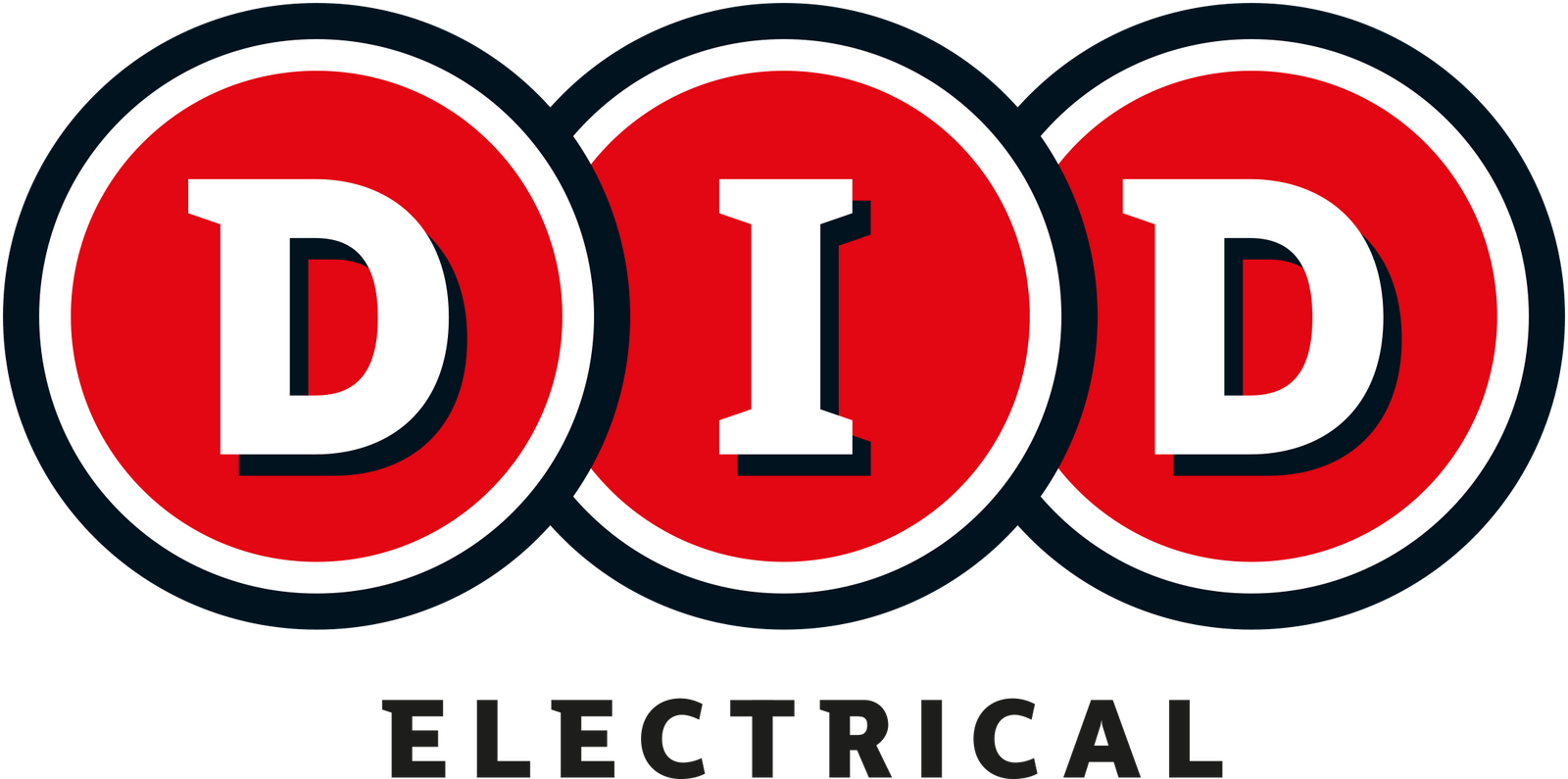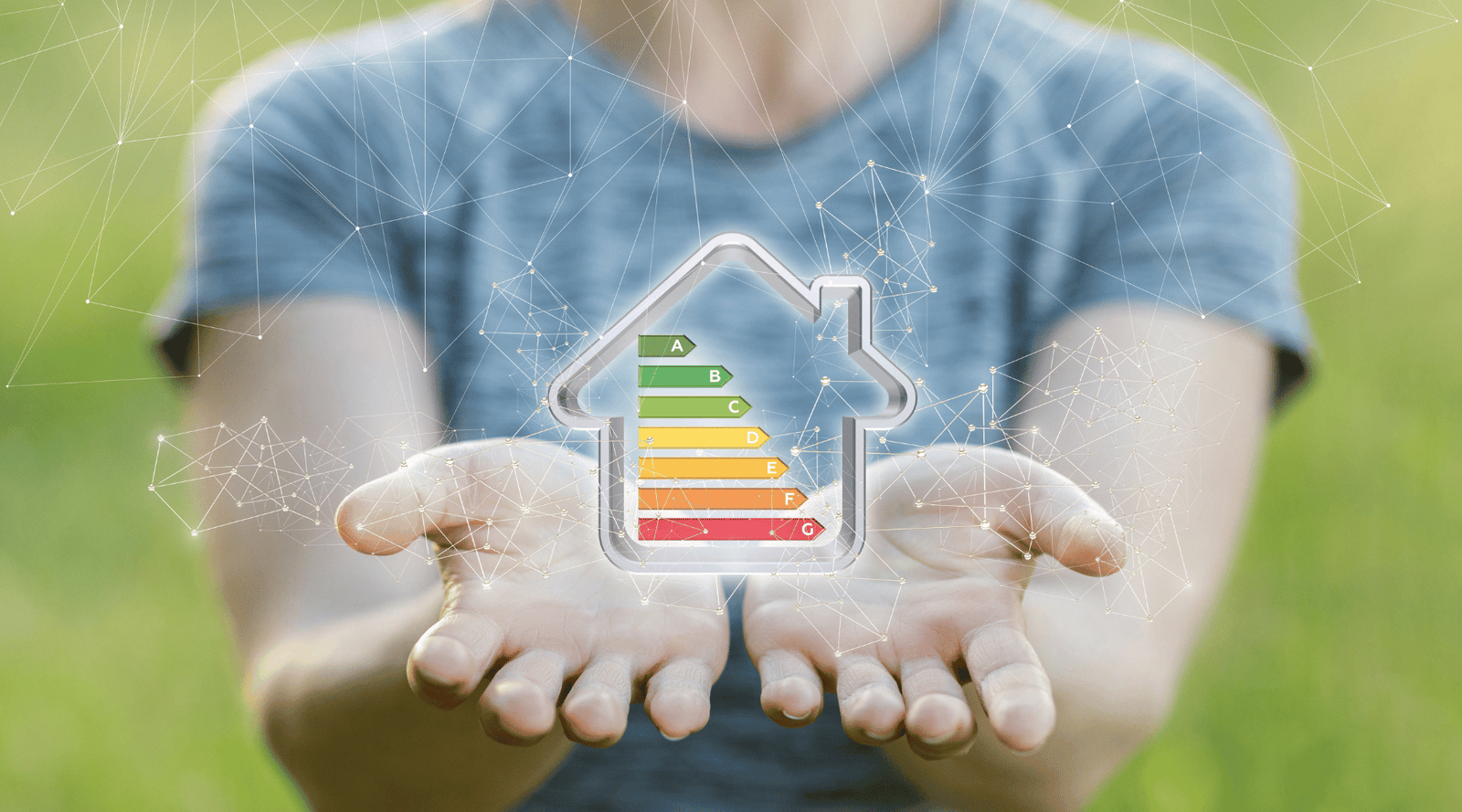Lighting is essential to our homes and businesses, providing us with safety, comfort, and visibility. However, traditional lighting solutions like incandescent and fluorescent bulbs can be inefficient, expensive, and harmful to the environment. Fortunately, a better alternative is available in the form of LED lighting. LED lights are quickly gaining popularity as a cost-effective, eco-friendly solution for homes and businesses. In addition, they offer a range of benefits over traditional lighting, including energy efficiency, durability, and improved lighting quality.
In this blog, we will explore the benefits of switching to LED lighting and how they can improve your lighting experience while saving you money and protecting the environment. We'll cover everything from how LED lighting works for long-term financial and environmental benefits. Whether you're a homeowner looking to upgrade your lighting system, or a business owner interested in reducing energy costs, this post is for you. By the end of this article, you'll better understand why LED lighting is the future of lighting and how you can start reaping its benefits today.
What is LED Lighting?
There is a huge buzz about LED lighting, but not many people how it can help to benefit your home. So let's take a minute or two to clear that up.
LED (light-emitting diode) lighting is a type of lighting that uses a semiconductor to convert electricity into light. It is a highly energy-efficient and environmentally friendly lighting solution that has recently gained popularity. Unlike traditional lighting solutions like incandescent bulbs, which rely on heating a filament to produce light, LED lights generate light by exciting electrons in a semiconductor material. This process produces very little heat, making LED lights highly energy-efficient and long-lasting.
LED lighting can be used in a variety of applications, from residential homes to commercial buildings, and comes in a range of styles and designs. They are available in a variety of colours, including warm and cool tones, making them suitable for a range of lighting needs. One of the main benefits of LED lighting is its energy efficiency. LED lights use up to 80% less energy than traditional lighting solutions, which can translate into significant savings on energy bills. They also have a longer lifespan than traditional bulbs, reducing replacement costs and maintenance requirements.
The Benefits of Making the Switch to LED Lighting
You might not realise it, but switching to energy-efficient lighting can greatly benefit your home and your wallet. Here are 5 of the most obvious benefits based on our experience:
LED is Energy Efficient: LED lighting is highly energy-efficient, using up to 80% less energy than traditional incandescent bulbs. This means that you can significantly reduce your energy consumption and lower your electricity bills, making LED lighting an excellent investment for the long term.
LED Lighting is Durable: LED lights are extremely durable and have a longer lifespan compared to traditional lighting solutions. They can last up to 25 times longer, so you'll spend less time and money on replacing bulbs and maintenance costs.
LED Improves Lighting Quality: LED lights produce a bright, high-quality light, that can mimic natural daylight. This can improve visibility, reduce eye strain, and create a more comfortable and inviting atmosphere in your home or business.

LED is Environmentally Friendly: LED lighting is environmentally friendly, containing no toxic materials and generating significantly fewer carbon emissions than traditional lighting solutions. Switching to LED lighting can help reduce your carbon footprint and promote sustainability.
LED is Cost-Effective: Although LED lighting may have a higher upfront cost, it can save you money in the long run by reducing energy consumption, maintenance costs, and replacement expenses. LED lights also come in a range of styles and designs, making it easy to find an LED lighting solution that fits your budget and style preferences.
Comparing Traditional and LED Lighting
It would be easy for us to discuss why LED is better than traditional lighting, but we figured that a far more effective way to show you would be to compare the two. Below is a table comparing traditional lighting solutions and LED lighting:
Traditional Lighting |
LED Lighting |
| Uses incandescent bulbs, fluorescent tubes, and halogen lamps that rely on heating a filament to produce light. |
Uses a semiconductor material to convert electricity into light. |
| Produces a lot of heat, which makes them inefficient and short-lived. |
Produces very little heat, making them highly energy-efficient and long-lasting. |
| Has a shorter lifespan than LED lighting and requires frequent replacement. |
Has a longer lifespan than traditional bulbs, reducing replacement costs and maintenance requirements. |
| Contains toxic materials like mercury, which can be harmful to the environment if not disposed of properly. |
Does not contain harmful substances like mercury, making them environmentally friendly. |
| Offers limited flexibility in terms of colour and design. |
Available in various colours, including warm and cool tones, and can be designed in various styles. |
| Emits a lot of carbon emissions and contributes to global warming. |
Generates significantly fewer carbon emissions than traditional lighting solutions, making them a sustainable and responsible choice. |
| Tends to be more expensive in the long run due to high energy consumption and replacement costs. |
Although LED lights may have a higher upfront cost, they can save you money in the long run by reducing energy consumption, maintenance costs, and replacement expenses. |
Our LED Lighting Collection
Here at DID, we like to practice what we preach. That is why we have a large selection of LED lighting solutions that you can use across your home. Both in our range of stores nationwide and online, we stock LED bulbs, fittings, and smart bulbs. We also have a 2023 smart gadget guide available here. So safe to say, we have you covered when it comes to state-of-the-art, energy-saving lighting in your home.
LED Lighting FAQs
How long do LED lights last?
LED lights can last up to 25,000 to 50,000 hours, depending on the quality of the LED and the conditions in which it is used.
Are LED lights dimmable?
Yes, many LED lights are dimmable. However, you may need to purchase a specific type of LED bulb or fixture that is compatible with a dimmer switch.
Can LED lights be recycled?
Yes, LED lights can be recycled. However, they must be taken to a recycling centre that accepts electronic waste, as they contain small amounts of hazardous materials.
Are LED lights safe for the eyes?
Yes, LED lights are safe for the eyes. They emit a low amount of blue light, which can cause eye strain if exposed to them for long periods. However, this can be mitigated by using warm white or neutral white LED lights and taking breaks from screens regularly.
Is LED lighting expensive?
The upfront cost of LED lights can be higher than traditional lighting options, but they are more energy efficient and longer-lasting, which can save you money on your electricity bill and maintenance costs in the long run.
Can LED lighting be used outdoors?
Yes, LED lights can be used outdoors. In fact, they are often preferred for outdoor use because they are more durable and can withstand a range of weather conditions.










